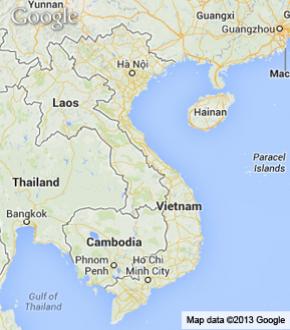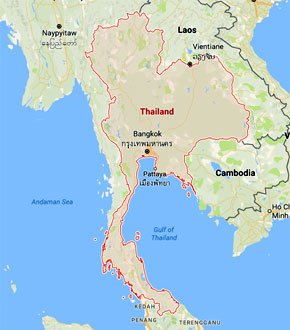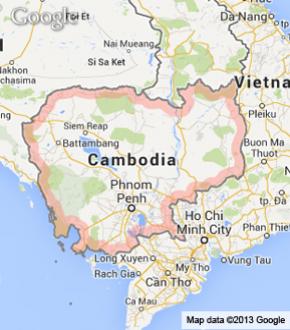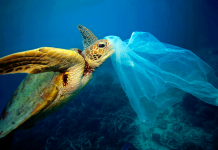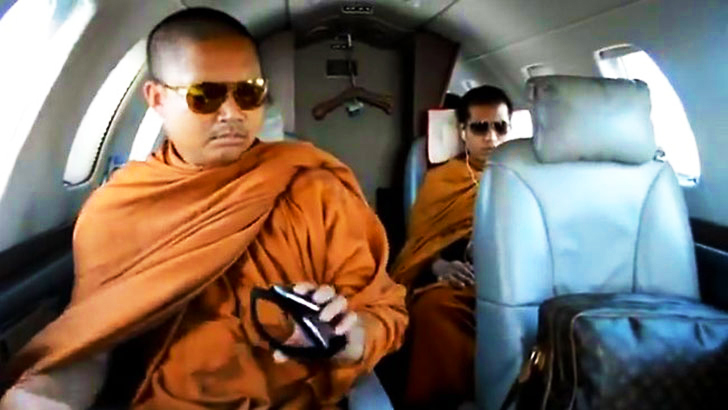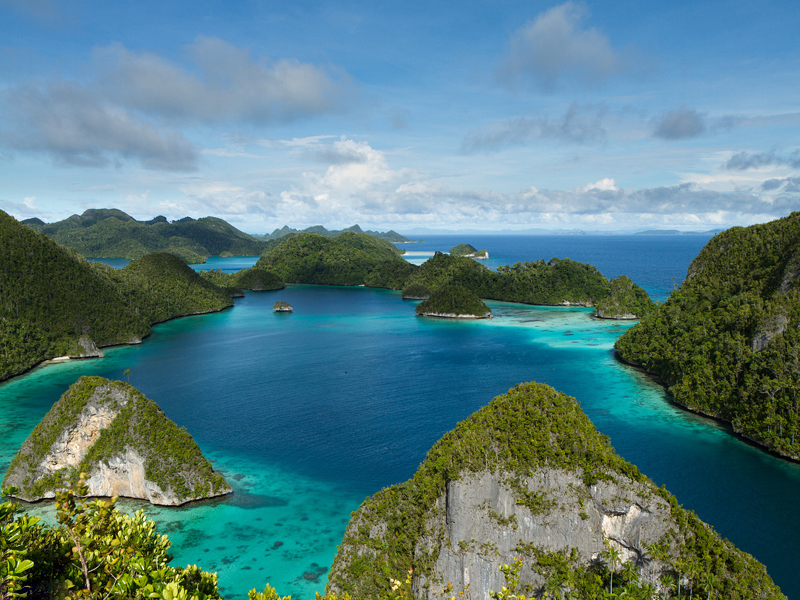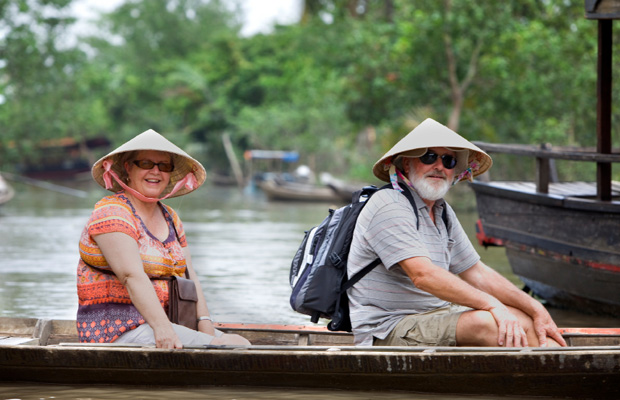The fact is, dangerous Asian animals exist; it’s a blunt truth, but one that also needs to be placed in context. The number of deaths from any animal attack here is small. The news that a third person in 14 months died after being stung by box jelly fish off the coast off Koh Samui came as more than a bit of a shock I must admit. This is a nightmare scenario for someone from the safe haunts of Manchester. The most dangerous species I’ve ever had to encounter in my home country was a Scottie dog on my paper round when I was 14 years old. Mind you, it had a bugger of a temper. My friends from Australia are constantly regaling me with stories about Funnel Web Spiders, Brown Snakes and other such delightful creatures. My American friends love to talk about their encounters with Rattlers, and let’s not talk about those technicolored (sic) frogs from South America. But the thing is, when you actually live in a country where dangerous animals reside, you tend not to think about it . . until now.
I have been to Samui and swam in the sea there many times. That a 20 year old German girl on her holidays could be killed so easily, scares the hell out of me. This tragedy, it appears, was partly caused because the turtles that feed upon the box jellyfish are shrinking in numbers. Seemingly, yet another case of us causing problems for ourselves by damaging the ecosystems and unbalancing the natural way of things. This episode caused me to sit down and think about the dangerous creatures with which we share our space here in Southeast Asia.
Whilst not getting paranoid, it does make for interesting reading when you realise with what you are sharing your environment. Yes dangerous Asian animals do exist, but the chances of you encountering one, is small. The fact remains that we are more likely to be killed by one of our species than any of these animals (mosquitos excepted).
Don’t let the bed bugs bite!
Mosquitos
It is worth noting that by far the most dangerous animal on earth is the mosquito. These tiny flies have been responsible for more human deaths than all the world’s wars and natural disasters added together. About 1 million people are killed by mosquitos every year. Carrying Malaria and Dengue Fever amongst other serious illnesses, they are a real threat, especially to the young, very old and frail. Make sure your jabs are up to date and even these mass murderers, cease to be a hazard. Not just the most dangerous Asian animal but the world’s.
Southeast Asia countries where they are found: ALL
Box Jelly Fish
The aforementioned box jelly fish is only a small jellyfish but it packs an incredibly strong sting. The problem occurs when a victim is stung multiple times. If someone accidentally swims into a smack (yes, that is the collective noun), it can be and often is fatal. Quite common in the seas around Australian, they used to be rare in Thailand’s waters, but increasingly they are cropping up, especially in the wet season. The stings are incredibly painful, leave vicious red wields on the flesh and death can sometimes occur within minutes.
Southeast Asia countries where they are more likely to be found: Thailand , Philippines, Indonesia and Malaysia
Komodo Dragon
The largest lizard in the world, these prehistoric monsters can grow up to 10 feet in length and weigh in at around 350 lbs. For years it was thought that they were non venomous and that the bacteria in their mouths was so bad that it poisoned people. This has now been disproved; they are both venomous and riddled with poisonous bacteria. Thy kill their prey by a single bite then simply follow them for days on end until, weakened by venom, they collapse. They get their name from the Indonesian island where they are found, but also reside on the islands of Rinca, Flores, Gili Motang, and Padar.
Southeast Asia countries where they are found: Indonesia
Giant Centipede (Scolopendra Subspinipes)
Commonly known as the “Chinese Red Headed Centipede” “Vietnamese Centipede” and “Asian Forest Centipede”. this is a fearsome insect. They can tackle snakes, grow up to 18 inches in length and pack a horrible sting. Not deadly, they will though, floor you for days. It is a common rule that the more colourful creatures are the more they carry a danger. It’s natures way of warning. These black centipedes with their bright red legs, certainly live up to the reputation. It is the scariest insect in the region.
Southeast Asia countries where they are found: All
Asian Giant Hornet
This includes the subspecies of Japanese Giant Hornet. We all know that hornets can be more than a nuisance when they get angry. These things really do get angry. Don’t think about the European wasp or hornet here, this is a monster. The largest hornet in the world it can grow to two inches in length and have a wingspan of 3 inches, and it certainly packs a punch, from its quarter inch long sting. They have been known to kill, when attacking in large numbers.
Southeast Asia countries where they are more commonly found: Mainly Thailand, Cambodia and Vietnam
Scorpion
Whilst the stuff of many people’s nightmares, they are not as dangerous as Hollywood would have us believe. Their sting is about as painful as a bee sting and whilst there is always the danger of an allergic reaction and anaphylactic shock, they are relatively harmless. The smaller the species, generally speaking, the bigger the sting. Found in jungle areas, they do sometimes find their way in the city centres, and not just on the bug buffet. Shake your shoes before putting them on. Not one of the most dangerous Asian animals, they do though, scare the hell out of most people.
Southeast Asia countries where they are more commonly found: Thailand, Cambodia, Laos, Vietnam and Malaysia
Cobras
Most common species found here are: The King Cobra, Monacled Cobra and Spitting Cobra. Arguably the most feared of all dangerous Asian animals, this really is James Bond scary. They are here and in big numbers, but the fact is snakes are more scared of us than we are of them. Avoid long grass and jungle areas and you probably will never see one. I have lived here for 7 years and I have never seen one outside of a snake farm. If you come across one, keep still and let it carry on its way. Remember these are born venomous. The King Cobra can grow to 18 feet in length and can raise a third of its body length off the ground to send a warning, it works! They can deliver enough venom to kill 20 adults.
Southeast Asia countries where they are likely found: Philippines. Thailand, Laos, Vietnam, Cambodia and Myanmar
Green Tree Pit Viper (Trimeresurus Gramineus)
A small bright green snake it is quite dangerous as most people get bitten around the head, neck and shoulders. The big danger is that it looks so similar to the harmless Green Tree Snake. But again as with all snakes, make a noise if you have to walk through forested areas and you’ll not see them. If you want to know how to tell the difference between these and the harmless ones, get bitten . . . .and wait.
Southeast Asia countries where they are more commonly found: Myanmar, Malaysia, Thailand, Laos, Cambodia, Vietnam
Tiger
One of the most feared animals in the world, yet the chances of ever seeing one in the wild is so remote it is almost certainly something that none of us will ever witness. These magnificent creatures have been hunted, abused and had their habitat so destroyed by us, that their numbers in the wild in the region are pitifully small. There are only about 300 wild Malayan Tigers left. In each of Cambodia, Vietnam and Laos the wild tiger population is estimated to be less than 30. The number of Indochinese Tigers in the Greater Mekong Region is down to about 300, whilst the famous Sumatran Tiger in Indonesia is down to less than 400. Probably the only place you could ever see one in Thailand is in one of the appalling Tiger temples; please resist the temptation.
Southeast Asia countries where they are found: Thailand, Cambodia, Malaysia, Indonesia, Laos and Vietnam.
Shark
Unbelievably, 174 species of sharks have been identified in Southeast Asia. Some of the world’s most dangerous sharks are in the waters around the region. Blue Sharks, Grey Reef Sharks, Mako, White Tips, Tiger Sharks, Bull Sharks and Great Whites are all here. People’s perception of the dangers that these prehistoric hunting machines carry, was definitely inflated through Hollywood. The fact is that we are more of a danger to them than the other way round. They remain though, the stuff of real nightmares, for many.
Southeast Asia countries in who’s waters they are found: All


